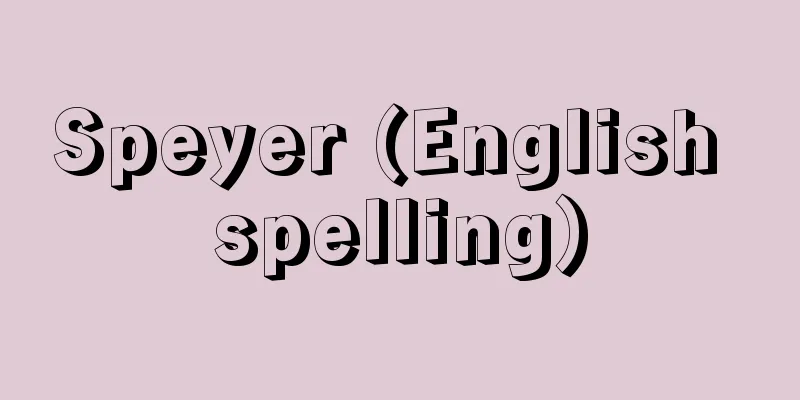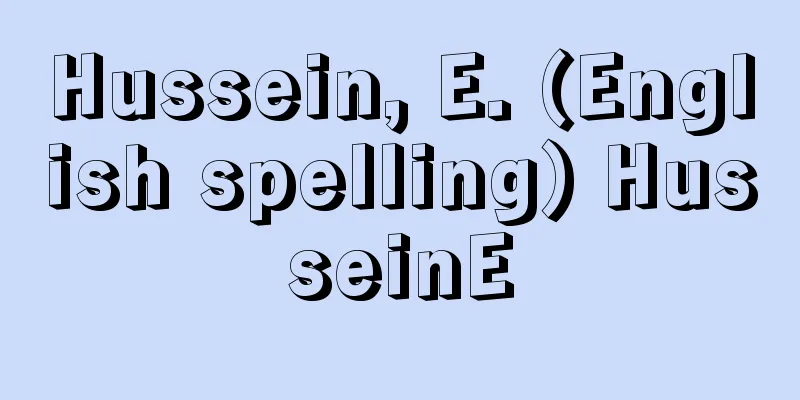Floating towing net

|
A type of seine net fishing gear. It is a fishing method and fishing gear that involves pulling up a net in the surface and middle layers, not the seabed. The fishing gear generally used consists of a bag net at the center, sleeve nets that form the wings at both ends, a rough hand net, and two tow ropes. There are two types of boat seine net, which uses a boat, and beach seine net, which does not use a boat. There are two operating methods, a tow net and a drag net. A tow net is a method of anchoring a boat in a certain place and pulling the fishing gear to the boat to catch fish, while a drag net is a method of moving the boat and moving the fishing gear to catch fish. There are ones that operate with one boat and ones that operate with two boats, and the operating method is unique and creative in each area. The drag net of a boat seine net (dragging boat seine net) is also called a patch net. In the broad sense of the fishing method classification, bottom trawl fishing, which involves dragging a net along the seabed to catch benthic organisms, also falls under the category of boat trawl fishing, but it is institutionally separate from float net fishing, which is a boat trawl fishing method that targets pelagic fish that swim in the mid- and surface layers. Most float net fishing in the waters off Japan is used to catch small pelagic fish such as anchovy, sand lance, horse mackerel, mackerel, and halfbeak, but in Russia and other countries, mid-water trawl fishing is used to catch mackerel, pacific saury, and Japanese flying squid. A typical example of Japanese float seine fishing is introduced below. In the Iioka area of Asahi City, Chiba Prefecture, icefish boat seine fishing is conducted on a 2-3 ton fishing boat with 2-3 crew members. The fishing gear used is a bag net (mouth height 4.5 meters, total length about 11.5 meters), a sleeve net (each sleeve total length 45 meters, mesh size 4.5-5.0 centimeters), and a tow rope (each diameter 10-12 millimeters, length 75 meters), with a handrail (a cedar log 4.5 centimeters high) attached to the end of the sleeve. In the fishing ground, the anchored buoy float is first cast, followed by the tow rope, sleeve net, and bag net, in that order, making a large circle to surround the school of fish, and then the sleeve net on the other side and the tow rope are cast in that order, until the buoy float cast first is brought aboard the boat. After the anchor rope is fixed to the center of the ship, the tow rope is brought in one by one with a winch. Each operation takes about 15 to 20 minutes, and there are about 30 to 40 operations per day. The fishing season is year-round (peak fishing season is March to April), and the catch is icefish (adult fish length about 10 cm, newborn fish 1.5 to 2.0 cm), and the fishing ground is shallow, about 3 to 4 meters deep (however, in winter it is slightly offshore, and from spring to summer it is closer to the shore). Other famous fishing methods include patch nets in Mikawa Bay, Aichi Prefecture, boat seine nets for anchovies in the Seto Inland Sea, floating seine nets for flying fish in Kagoshima Prefecture, boat seine nets for sardines in Kyushu, and trawl seine nets for whitebait in Ibaraki Prefecture. [Hideo Soeda] [Reference items] | | | | | | |Source: Shogakukan Encyclopedia Nipponica About Encyclopedia Nipponica Information | Legend |
|
漁業の網漁具のうち、引網類の一種。海底以外の表層・中層において、網を引き揚げて行う漁法および漁具をいう。一般に使用する漁具は、中心となる袋網とその両端の翼部を構成する袖網(そであみ)と荒手網および2本の引綱からなる。船を用いる船引網と船を用いない地引網とに分かれる。引寄せ網と引回し網という二つの操作手法があり、引寄せ網とは船を一定の場所に錨(びょう)留めして漁具を船まで引き寄せて漁獲するものであり、引回し網とは船を動かし漁具を移動させて漁獲するものである。1艘(そう)で操業するものと2艘で操業するものとがあるが、操業方法は各地でそれぞれ創意工夫され、独特の方法で行われている。なお、船引網の引回し網(引回し船引網)のことをパッチ網ともいう。 漁法分類として広義の意味では、海底を引網して底生生物を漁獲する底引網も船引網の範疇(はんちゅう)に入るが、中層・表層を遊泳する浮き魚類を対象とする船引網である浮引網とは制度上は分離している。日本近海における浮引網は主としてカタクチイワシ、イカナゴ、アジ、サバ、サヨリなど小形の浮き魚類を漁獲対象としているものが多いが、ロシアなどではサバ、サンマ、スルメイカなどを対象とした中層トロール漁業などが行われている。 日本の浮引網漁の代表的な例を以下に紹介する。千葉県旭(あさひ)市飯岡地方のシラウオ船引網は、漁船は1隻で2~3トン、2~3人乗り、使用される漁具は、袋網(網口の高さ4.5メートル、全長約11.5メートル)、袖網(各袖全長45メートル、目合い4.5~5.0センチメートル)、引綱(各径10~12ミリメートル、長さ75メートル)で、袖端には手木(てぎ)(杉丸太で高さ4.5センチメートル)が取り付けられている。漁場では、まず錨留めした浮標浮子(あば)を投入し、ついで引綱、袖網、袋網の順に、魚群を包囲するため大きく回りながら投入し、さらに反対側の袖網、引綱の順に投下しながら最終的に最初に投入した浮標浮子を船内に取り込む。錨綱(いかりづな)を船の中央部に固定した後、ウィンチで引綱から順に船内に取り込む。操業1回約15~20分、1日操業回数約30~40回、漁期は周年(盛漁期3~4月)、漁獲物はシラウオ(成魚体長約10センチメートル、新仔(しんこ)1.5~2.0センチメートル)、漁場水深3~4メートル程度の浅所(ただし冬季はやや沖合、春~夏季は岸寄り)。 ほかに、愛知県三河湾のパッチ網、瀬戸内海のカタクチイワシ船引網、鹿児島県のトビウオ浮引網、九州のイワシ船引網、茨城県のシラス引網などが有名である。 [添田秀男] [参照項目] | | | | | | |出典 小学館 日本大百科全書(ニッポニカ)日本大百科全書(ニッポニカ)について 情報 | 凡例 |
Recommend
Aradus conentaneus (English spelling) Aradusconentaneus
…There are 1,000 species in the world, and more t...
arrhythmia
What kind of disease is it? Main symptoms and prog...
dielectric polarization
…Dielectric polarization is also known as dielect...
Eckert's formula - Eckert's formula
…About 94% of the total amount of water near the ...
Márquez, FG (English spelling) MarquezFG
… [Democratic transition period] In the general e...
Pain sensation
…It can occur when there is an abnormality in the...
Enophthalmos - Enophthalmos
...In addition, radiation therapy is also used fo...
Miao-Yao languages - Miao-Yao (English spelling)
A general term for the languages of the Miao and...
Dubreuil, T.
…Antoine Caron (c. 1520-c. 1600), who worked unde...
Montespan (English spelling)
A village in the Haute-Garonne department in south...
Inner cabinet
A cabinet within a cabinet, composed of a small nu...
cotardie
…Medieval tunics, such as the cotto and dalmatica...
Battle of Bila Hora - Battle of Bila Hora
In November 1620, on the hill of Bílá hora (Weisse...
Qift (English spelling)
Formerly Coptos. A town in Kinar Governorate, west...
Cross-cultural psychology
…It can also be said to be an interdisciplinary s...









